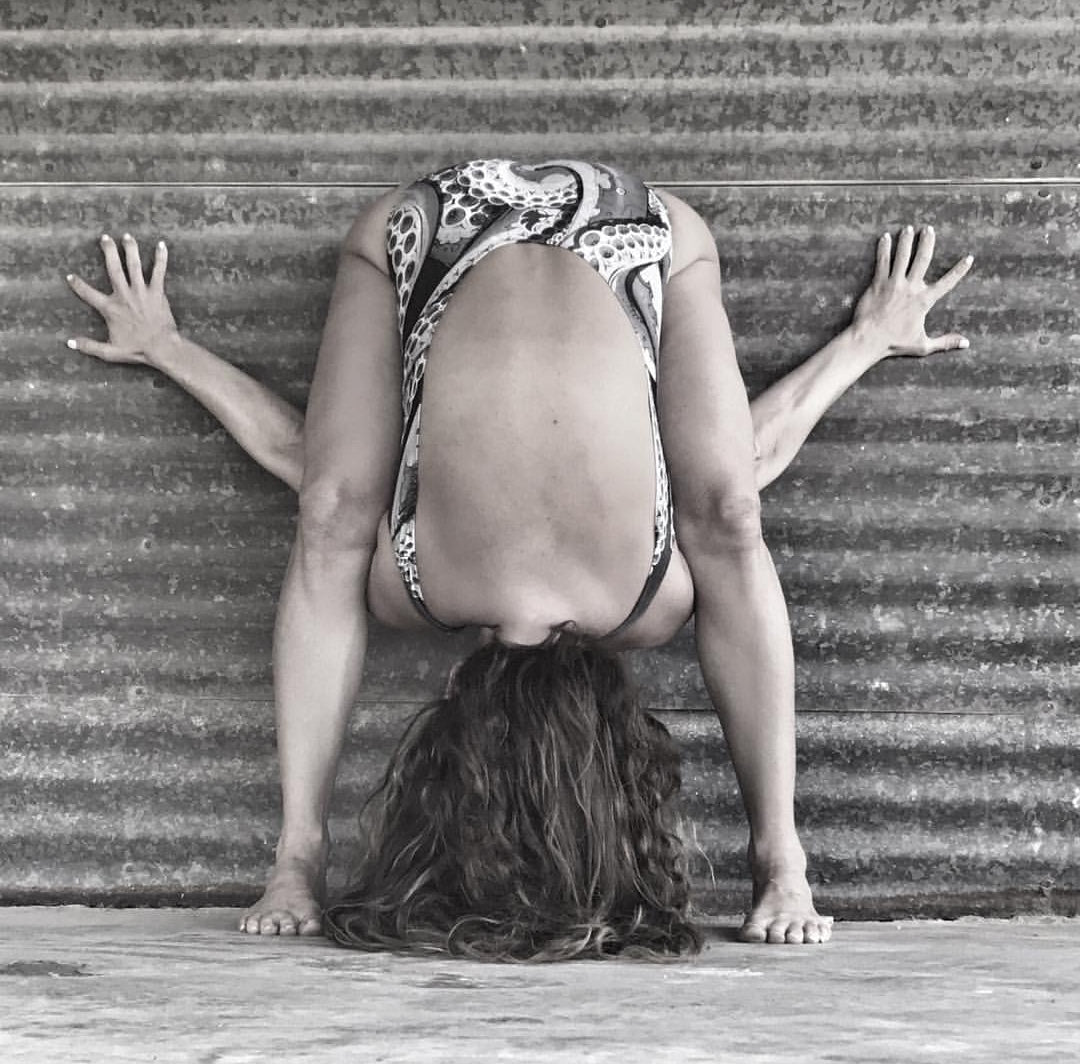
13 Health & Fitness Myths Debunked by a Physiotherapist
Health and fitness myths are often built on some aspect of the truth, making them convincing and hard to shake. But in our modern age of information, it's easier than ever to separate fact from fiction.
As a Physiotherapist, I see these misconceptions affecting people's well-being every day. It's time to set the record straight. Here’s my professional perspective on 13 pervasive health and fitness myths and why you should let them go for good.
1. You Must Have "Slept Funny"
If you’ve ever woken up with a sore neck or back, it's easy to blame it on having ‘slept funny’. However, as I've covered in detail before, this myth has less to do with your nighttime habits and everything to do with your postural habits during the day.
Pay attention to your positioning on the couch, behind a desk, in the car, or looking down at a phone. Our spines love movement and a neutral position. The aches in the morning are often just the final expression of strain accumulated over the previous day.
2. Cracking Your Joints Is Bad for You
The sound of a cracking joint is simply a release of pressure, often from gas bubbles in the synovial fluid. This isn't inherently harmful.
The real issue is why the pressure builds up. A correctly loaded and mobile joint won’t need to crack frequently. The need to constantly pop your neck or back is usually a sign of underlying stiffness or poor posture from prolonged sitting and slouching. Address the cause, not the crack.
3. Squatting Below Parallel Is Bad for Your Hips
The idea that deep squats are harmful is a classic myth. The opposite is true—provided you have the requisite mobility. The deep squat is a fundamental human position.
Our sedentary lifestyle means we rarely bend our hips beyond 90 degrees, leading to stiffness and weakness. Squatting below parallel more often can help maintain healthy hip function and combat the negative effects of too much sitting.
4. Growing Pains
This one surprises many parents. While conditions like Osgood-Schlatter disease (knee pain) or Sever's disease (heel pain) are real, they are not directly caused by growth itself.
These issues are typically related to how a child loads the area during activity. Growth makes certain areas more vulnerable, but symptoms usually only appear when the child's mechanics can't handle the demands of their sport or play. Proper load management and technique are key.
5. You Need to Passively Hold a Stretch
While static stretching has its place, it's not the most effective way to increase functional flexibility. Tight muscles aren't just passive tissue; their tension is often regulated by your nervous system.
Instead of just holding a stretch, try techniques like Proprioceptive Neuromuscular Facilitation (PNF). This involves contracting the tight muscle for a few seconds before relaxing into a deeper stretch. This engages the nervous system to allow for a more profound and lasting release.
Related: What is the best way to stretch?
6. It’s an “Age Thing”
As I've explained before, many aches we blame on age aren't inevitable consequences of getting older.
Time exposes our underlying bad habits. Issues like arthritis and degeneration are often the result of years of imperfect loading and movement patterns, not simply the passage of time. This is an empowering distinction—it means we can often improve our comfort and function by addressing those patterns.
7. Hamstring Tightness at the Back of the Knee
If you feel a sharp or restrictive tightness right behind your knee when stretching, it's likely not your hamstring. The hamstring muscles attach higher up on the thigh. That sensation is often a sign of an over-tensioned sciatic nerve.
This is a crucial distinction. True hamstring flexibility is gained by feeling a stretch in the belly of the muscle, in the mid-thigh. Nerve tension often points to issues upstream, like stiffness in the lower back.
8. Your Best Shoulder Posture Is Back and Down
The common cue to pull your shoulders "back and down" is only half right. When we slouch, our shoulders are pulled forward and down by gravity. The tightness that follows is often a protective response.
For many, a better cue is to gently roll your shoulders back and up to a neutral position, countering the downward pull of slouching. This can feel more natural and help relieve strain on the upper back and neck.
9. Noisy Knees Are a Sign of Arthritis
Creaky, popping knees (a condition called crepitus) are not a direct sign of arthritis. While arthritis can cause noise, the sound itself is usually caused by other factors.
Clinically, noisy knees are often a sign that your knee mechanics aren't perfect. Think tight quads, restricted soft tissue around the kneecap, or stiffness in the ankles or hips. Addressing these "handbrakes" can often reduce the noise, regardless of the state of the joint.
10. Your Back is “Out”
The sensation of your back being "out" or a disc "slipping" is deeply ingrained in our language. Thankfully, it's highly unlikely a spinal structure has shifted out of place.
The spine is an incredibly robust structure reinforced by strong ligaments and muscles. The feeling of being "stuck" is more likely from an irritated and stiff spinal joint that has become inflamed and locked down. This is a positive—it means you're dealing with a manageable musculoskeletal issue, not a structural dislocation.
11. Sit-Ups Promote Core Strength
Sit-ups are an old-school exercise that targets the superficial abdominal muscles (the "six-pack") but are poor at training the deep core stabilisers.
For true functional core strength—the kind that protects your back and improves performance—focus on exercises that challenge your ability to maintain a stable, neutral spine. Planks, Pallof presses, and bird-dogs are far more effective and safer choices.
12. You Have One Leg Shorter Than the Other
While true anatomical leg length discrepancies exist, they are relatively rare. Most perceived differences are functional or mechanical.
This means one hip might be held higher due to muscle imbalances or asymmetrical sitting and standing postures. Before considering a heel lift, it's worth assessing your pelvic alignment and working on symmetry in your movement.
13. No Pain, No Gain
This is perhaps the most dangerous myth on the list. While it's meant to encourage pushing through discomfort, it has blurred the line between productive effort and harmful pain.
Pain is a signal from your body that something is wrong. Discomfort from muscle fatigue is normal; sharp, shooting, or joint pain is not. A better motto would be "No Discomfort, No Gain" or "Train Smart, Not Hard." Listening to your body is the key to sustainable progress and avoiding injury.
Final Thoughts
Questioning common wisdom is a sign of a critical thinker, especially when it comes to your health. By understanding the "why" behind these myths, you can make more informed decisions about your body, training, and recovery.
How many of these myths did you believe? What other health and fitness myths need to be debunked? Let us know your thoughts in the comments below.
Need Personalised Guidance?
If you'd like help trying to uncover the underlying cause of your pain or dysfunction, consider booking an online Telehealth consultation with Grant here!

